Zoroastrians in Iran
Have you ever wondered what was the religion of the great Persian Empire, at the time of Cyrus the Great and many other rulers of Iran after him? If your answer is yes, just keep reading because you are about to know one of the greatest religions of Iranians which now has turned to a small community in Iran and India. However, this doesn’t change the fact that Zoroastrianism is one of the most wonderous religions in the whole world.
Zoroastrianism is one of the oldest religions dating back to the second millennium BCE, regarding believing in monotheistic. There was a time when a major group of Iranians were all followers of Zoroastrianism. Nevertheless, now there are 100000 to 200000 Zoroastrianism worshipers all around the world in the parts of Iran, especially in Yazd and India.
Eager to unravel the mysteries of religions in Iran? Dive into this article!
History of Zoroastrianism in Iran
About 2500 years ago, during the great Persian empire of Cyrus the Great, the first worshipers of one and only God emerged, known as Zoroastrianism. Their prophets name was Zoroaster and they worshiped Ahura Mazda (The Mighty Wise Life-Giving). For over a millennium it was one of the most powerful religions in the world and the official religion of the Persian empire.

Zoroastrianism is mostly similar to the early forms of Hinduism. However, according to scholars and historians, this religion was first under the influence of all the religions in the world including Buddhism, Christianity, etc, but then it got its own shape, beliefs, and folks and became one of the first religions who believed in the one and only God.
Book of Zoroastrians
One of the most interesting things about Zoroastrianism was the teachings of Zoraster, the prophet, which was all gathered in a book named “Gathas”. This book was really innovative and thought-provoking at the time since it was written in the form of ritual poems. As the book of other religions, Gathas defined the prospects of Ahura Mazda.
Fire Temple – A Place for Religious Acts of Zoroastrians
Fire Temple is a place for Zoroastrians acts of prayer and their traditional religious ceremonies. Fire is a symbol of the environment and it is a holy thing for them because they believe that fire is something sent by God for them. This is also the reason that they have chosen the light as their praying direction. They stand as facing the light for their acts of prayer. When Persian Zoroastrians are in the Fire Temple they stand facing the holy fire and when they are praying at home or other places, they choose any light in there.
Farvahar: The Symbol of Persian Zoroastrians
You can see this symbol in the Fire Temple of Yazd, a big blue symbol of a man who has wings, known as Farvahar. This symbol dates back to the Achaemenid era and it has been the symbol of Zoroastrians since then for centuries. Farvahar literally means a trustee from God to all the creatures to show them the right path.
It symbolizes some definitions including paying attention to good deeds and good thoughts and also being careful of bad deeds and bad thoughts. This is actually what Zoroastrianism tries to tell. “Good thoughts, good words, good deeds”. These are the rules that this spiritual symbol monitors to not only worshipers of Ahura Mazda, but all the people in the world with whatever they believe in.
A Zoroastrian From India
“Markar” was the name of an Indian Zoroastrian who traveled to Iran several times and helped the Zoroastrian community of not only Yazd but also in all regions of Iran. He built schools, dorms, Clock Tower, office for doctors, and hospitals. He played a great rule in the growth of the Zoroastrians community of Yazd.
Zoroastrians in Yazd
Yazd, the city of mud bricks and Zoroastrians, with all its magnificent beauties and all the attractions, has one big difference with the other cities of Iran which is not only about the architecture and buildings, but also in its people’s behavior. Yazd has been the home to Zoroastrians from a long time ago. You get to see a lot of attractions regarding this religion and their history in Iran such as the Fire Temple of Yazd, Chak Chak Fire Temple, and Tower of Silence.
Zoroastrian Museum in Yazd
Located in the Markar Historical Complex, you can see the Zoroastrian Museum. What makes this place so special is its spectacular 100 years old building. In addition, you will see fire temple, traditions clothes, and a lot more about Zoroastrians in Iran which adds to the wonders of your trip to Iran.
Tower of Silence
A strange place made of bricks on the mountain which kept the corpses of Zoroastrians of Yazd for a long time. This spine-chilling tower is located in Cham Village which is known for being home to the 3000- year-old Cyprus which is the symbol of immortality for the Persian Zoroastrians. In addition, you can also see the ritual buildings under the tower of silence.
Chak Chak: A Place for Zoroastrians Traditions
Located near the city of Ardakan, Chak Chak serves as a pilgrimage point for pious Zoroastrians. Each year in June thousands of Zoroastrians from Iran, India and other countries flock to the fire temple at Pir-e Sabz in this village.
In Zoroastrian belief, Chak Chak is where Nikbanou, the second daughter of the last pre-Islamic Persian ruler, Yazdegerd III of the Sassanid Empire, was cornered by the invading Arab army in 640 CE. Nikbanou prayed to Ahura Mazda to protect her from her enemies. In response to Nikbanou’s pleadings, the mountain miraculously opened up and sheltered her from the invaders.
Famous People Who Followed Zoroastrianism
Probably one of the most famous Zoroastrians in the world is a British musician, Freddie Mercury. He was the lead singer of the favorable rock band, “Queen”. It is worth mentioning that his funeral was performed by a Zoroastrian priest.
Another famous and successful Zoroastrian is Ratan Tata, who is an Indian industrialist, investor, philanthropist, and former chairman of Tata Sons who serves as its chairman emeritus. He is known as a creative and successful businessman worldwide.
Furthermore, the famous American novelist, George R.R. Martin, the creator of the fantasy book series, “A Song of Ice and Fire” was also inspired by Zoroastrians. His books later adapted into the H.B.O. world-famous series “Game of Thrones”. You can see the developed folk of the legend of Azor Ahai from Zoroastrianism. You can also see the symbol of fire in many scenes of this series which was inspired by Zoroastrianism and their religious acts.
Zoroastrians Thoughts and Believes
Zoroastrians believe that good and evil are inside humans. There is not anything like a devil to tempt you or pursue you to do wrong things. In addition, they believe in the four natural elements including air, fire, soil, and water. Among these elements, fire became sacred for them.
Zoroastrians believe that all the creations of Ahura Mazda are good and bad is only in the thoughts of human beings. People must try to be on the good side of themselves all the time. Gathas believes in hell and heaven. The satisfaction of conscience is heaven and a guilty conscience is a hell. This is also true in the afterlife. It is said that at the very end, all the creatures go back to Ahura Mazda.
It is quoted from a wise man that “question to seek knowledge, find the truth, and then be consistent about speaking it and acting on it”. The Framework behind all this is that Zoroastrians believe in “free will”. They are allowed to make their own decision about everything in their life as to what is right according to the guidelines they have. They make good and evil themselves and they have chosen “good” as the path of their mortal life. You get to witness how honest, hospitable and, kind this minority religious group is when you see them.
A Tempting Offer For You
You have the chance to stay in one of the coziest traditional guesthouses of Taft county in Yazd, Nartitee Ecolodge, with and spectacular atmosphere with traditional architecture. Run by a lovely Zoroastrian couple, you can talk to them over a cup of Iranian tea in the splendid yard of this ecolodge. Book right now, you shouldn’t let this once in a lifetime experience goes away. Furthermore, if you are looking for an unforgettable experience to have a meal with a Zoroastrian family book this tour(dinner party with a zoroastrian family) right away. You shouldn’t miss spending time with hospitable and friendly Zoroastrians.
The experience of one of the passengers of Tap Persia about Zoroastrians in Iran with his own writing
On my journey through the unique cultural environment, I discovered the nearly unforgotten faith and religion of Zoroastrians. Passed down by Zoroaster and implemented into the Persian Empire by Cyrus the Great and Darius, this religion is known as the ancient religion of Iran. This status changed after the Arab invasion around 630 A.D. Since then, Islam is the primary religion in Iran. Nowadays, Zoroastrians in Iran have a population of 20,000, who can live peacefully beside Muslims without practical restrictions in their beliefs. They mainly reside around the area of Yazd and Kerman. My experiences among the Zoroastrian community was very special and unique.
The Friendship between Parsis and Zoroastrians
The first day of my journey among Zoroastrians began in Yazd in a dizzy and rainy morning, usually perfect for a day on the couch, but not this day. I met a Tour-Guide called Amir Vali, a specialist on the topic of Zoroastrians, and together we went for visiting the Zoroastrian Museum. To have the first understanding of this community and the living among the Zoroastrians you shall visit this museum. Besides the source of faith, ceremonies and traditional way of living, you can experience the relationship between Iranian Zoroastrians and the Indian Parsis.
First fled to India from the Arab invasion, an ancient society of Zoroastrian settled down in India, nowadays called Parsis. Markar, a magnificent person in the relationship between Zoroastrian and Parsis, helped the Iranian society in a difficult time while establishing elementary schools for boys in 1927 and girls in 1930 or helped in the construction of the Ferdowsi Clock Tower in Yazd. Besides this, even the construction of the Holy Fire Temple in Yazd was supported by Parsis.
The Holy Sites of Persian Zoroastrians
After the Museum we went to one of the holy places of the Zoroastrian community (Zoroastrians in Iran). Despite the bad weather, my curiosity was piqued. The holy fire temples, called Atashkadeh, are the most important places for worshipping and gathering among the Zoroastrian community.
The fire, as a symbol of the supreme God of Zoroastrians, Ahura Mazda, is worshipped inside the temple. Besides the fire, water, earth, and wind are counted as the four holy elements in which purity is the duty of all Zoroastrians. I later discovered an ancient Water Temple in the area of Varzaneh Desert near Isfahan. Furthermore, Chak Chak is a holy shrine among the Zoroastrian community (Zoroastrians in Iran) and a must-see place for all the tourists.
My Journey among the Zoroastrian sites took several days, but not a single day wasn´t rainy and foggy. Nevertheless, I continued and overcome the cold and oppressive weather because it was totally worth it.
The Traditional Way of Burying the Dead
If I didn’t overcome myself, I wouldn’t have seen the unique Tower of Silence. A very special place for burying the corpse of beloved people in ancient times. Zoroastrians brought their dead to the Tower of Silence. Mostly build on small mountains or hills, only the dead carrier was allowed to bring the dead onto the top of the towers.
The ceremonial procedure provides a four days stay of the corpse at the foot of the tower before they are giving back to nature inside this tower. Birds eat the corpse until only the bones are left. After that, the bones vanish in the middle of the tower. Moreover, this tradition is forbidden among the Zoroastrian community for a long time. Nowadays, the dead are buried in the soil inside a white cloth fixed with a Sedreh (the Avestan term for the undergarment worn by Zoroastrians) and the face to the sky. The meaning of this white cloth and the so-called Sedreh was shown to me at an anniversary ceremony among members of the Persian Zoroastrian community.
persian zoroastrian rituals
You get the white cloth called Sedreh at the age of 15 when you’re entering the religious society and take responsibility for protecting the rules of faith. Among Persian Zoroastrians, the Sedreh Pooshi Ceremony (wearing Sedreh) and the white dress is the symbol of peace and a replacement for the knight’s armor. One more example of the Zoroastrian Ceremonies is the Sadeh Festival 100 Days after the beginning of winter. When the days are getting longer again, this ceremony is about welcoming the light back and overcome the darkness of lies, untruth or evil. Among Zoroastrian believe, light is the sign of the truth and Ahura Mazda, while the darkness is the sign of lies and evilness.
While I never could be Part of this kind of Ceremonies, I was very lucky to participate in an anniversary ceremony in the village of Sharifabad. I didn’t expect to be invited to a ceremony like this, but suddenly I was sitting between a bunch of old men and eating a very delicious traditional meal. The father of the local Moped died one year before, and as I learned, the death anniversary is celebrated one year after, and only once, to celebrate the life of the dead. For this ceremony, a table is prepared and there are special ingredients that are provided to wish the dead a good journey into Paradise.
After my trip through this rainy and disgusting weather, I made the experience of a very warm and heartfelt ceremony, which is usually known as a day of mourning. Nevertheless, among Zoroastrian, this day is a day of happiness and it is also the feeling I experienced while and after my journey among the Zoroastrian society in Iran, just happy to have this unique opportunity in my life.




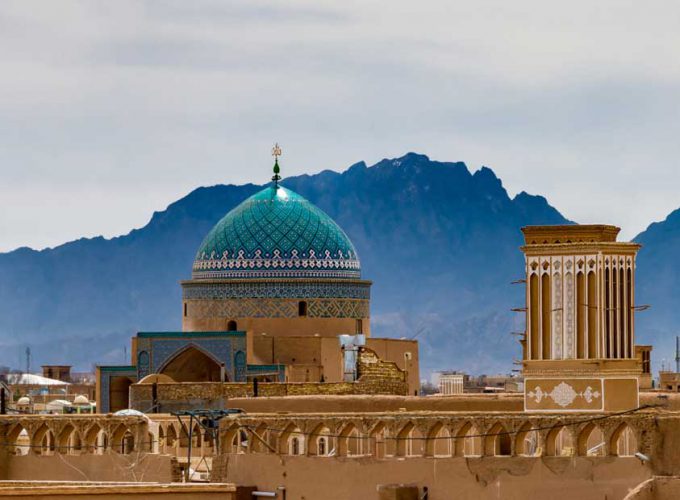
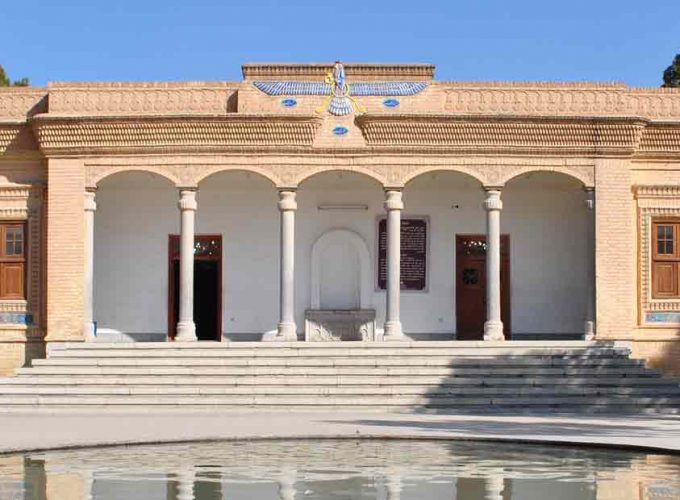
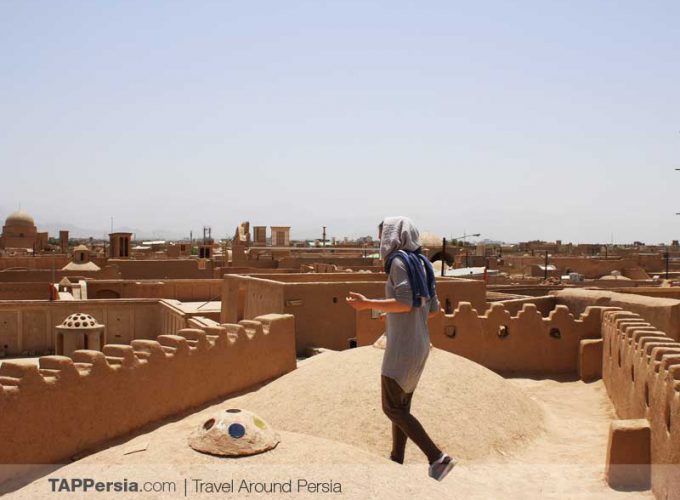
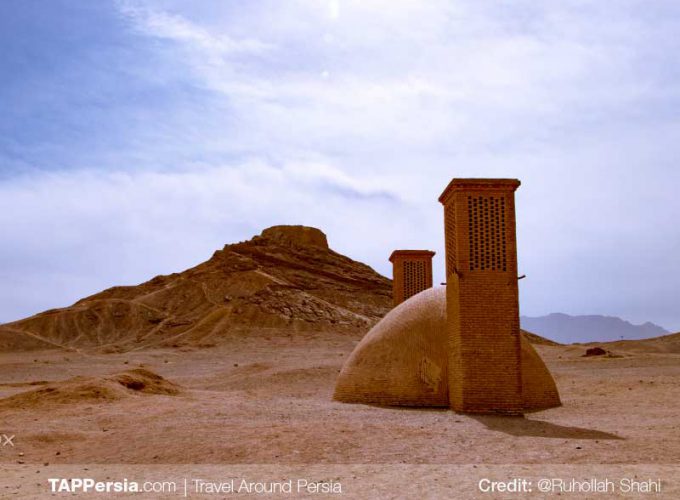
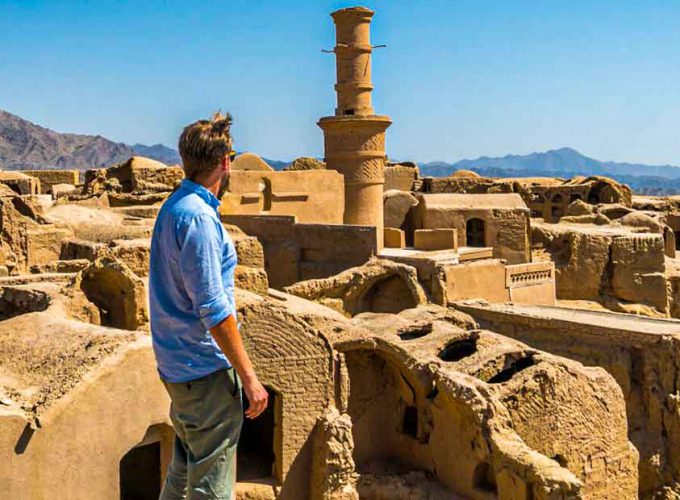
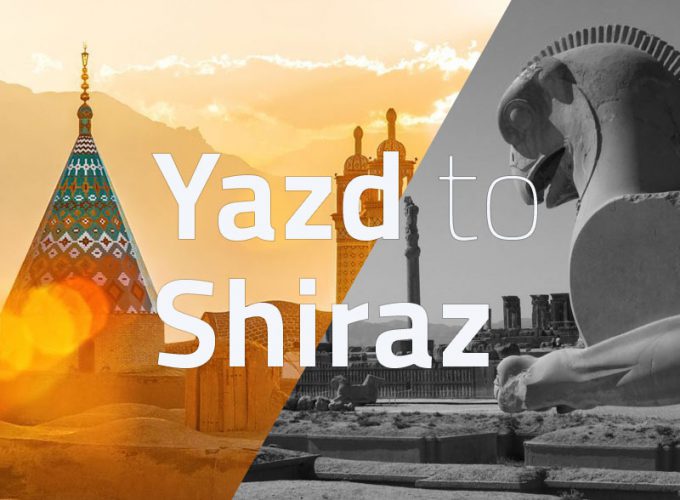


Comment (0)